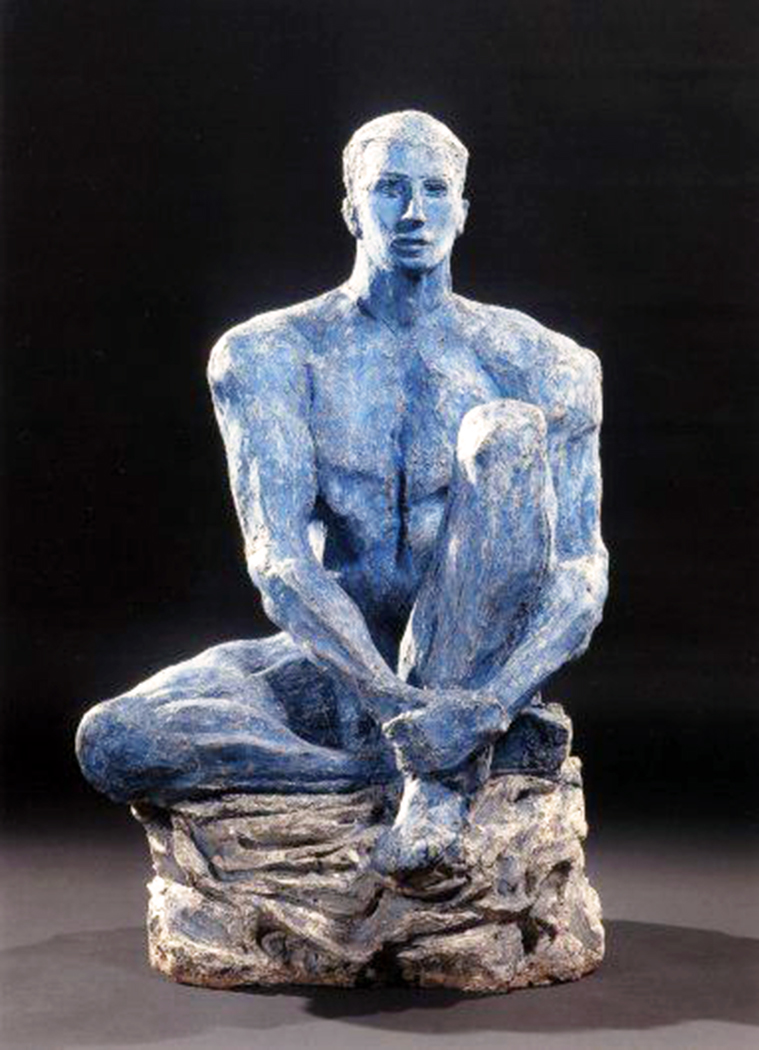‘Lucio Fontana: On the Threshold,’ the first retrospective of the artist in the United States in more than four decades, will reassess the legacy of this key postwar figure through a selection of exquisite sculptures, ceramics, paintings, drawings and environments made between 1931 and 1968. The exhibit is at the Met Breuer, located at 945 Madison Avenue in New York City from January 23 to April 14.
The founder of Spatialism and one of the most innovative artists of the 20th century, Lucio Fontana (1899–1968) is widely known for a series of slashed paintings from 1958 known as the Cuts (Tagli) that became symbols of the postwar era. The exhibition will present extraordinary examples of this iconic series and will also explore Fontana’s beginnings as a sculptor and his pioneering work with environments, contextualizing the radical nature of the Cuts within his broader practice.
Though known primarily as a painter, he was well into his career when, in 1949, he used a canvas for the first time. The exhibition will present examples of his first series of perforated paintings titled Holes (Buchi), as well as paintings loaded with heavy impasto or incrusted with Murano glass that preceded the Cuts (Tagli).
‘On the Threshold’ unpacks Fontana’s approach to painting by reevaluating his work in sculpture and decorative arts. His early career was marked by a period of fertile experimentation, challenging the sculptural norms in Italy by using clay. Fontana’s early work from the 1930s and 1940s point toward the transgressive nature of his slashes two decades later. The show will present highlights from this period, including sculptures of women, warriors and delicate ceramics inspired by undersea imagery.
Through Spatialism, Fontana pursued a synthesis of the arts and his multidisciplinary approach expanded the notion of the art experience to embrace the surrounding space. He was a pioneer of environments, what he called Ambienti and his experiments with light and space, including his use of neon, set the course for exciting future developments in environments and installation art. ‘On the Threshold’ will include the reconstruction of the artist’s monumental neon arabesque Neon Structure for the Ninth Milan Triennial (1951) (on view in gallery 913 at The Met Fifth Avenue) as well as two immersive installations never before presented in this country: Spatial Environment “Utopias,” at the Thirteen Milan Triennial (1964) and Spatial Environment in Red Light (1967).




